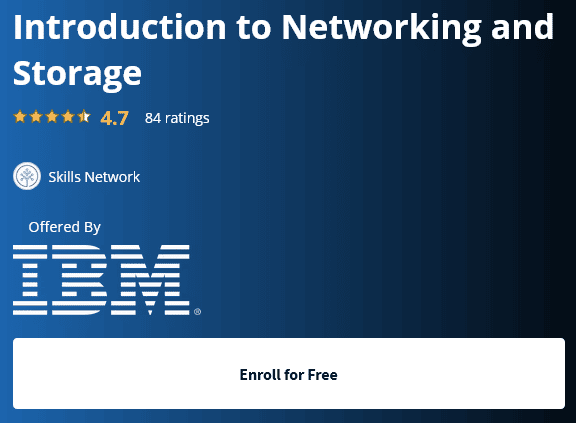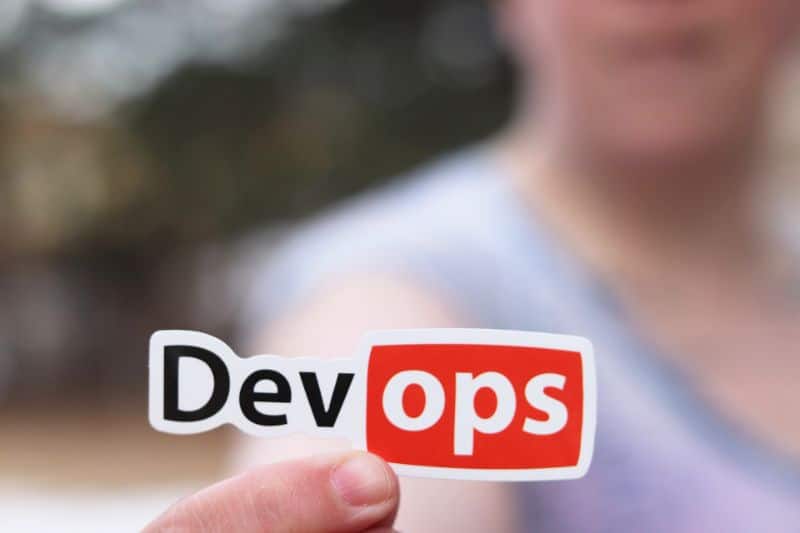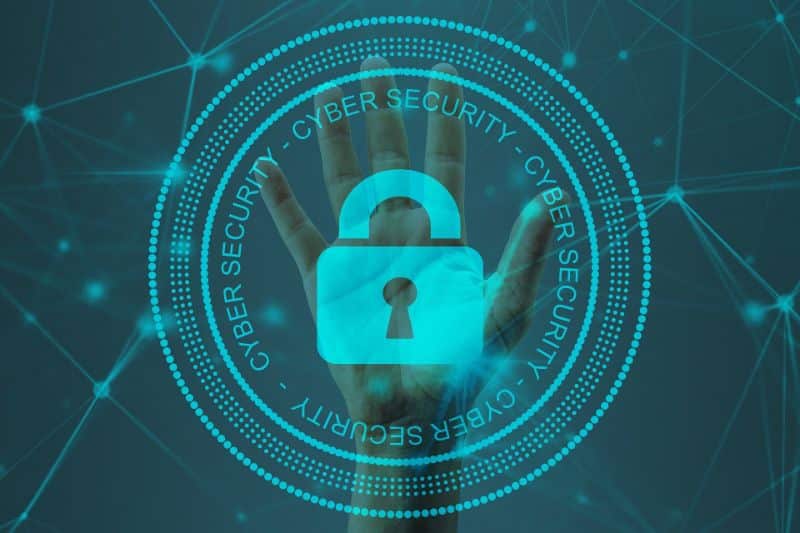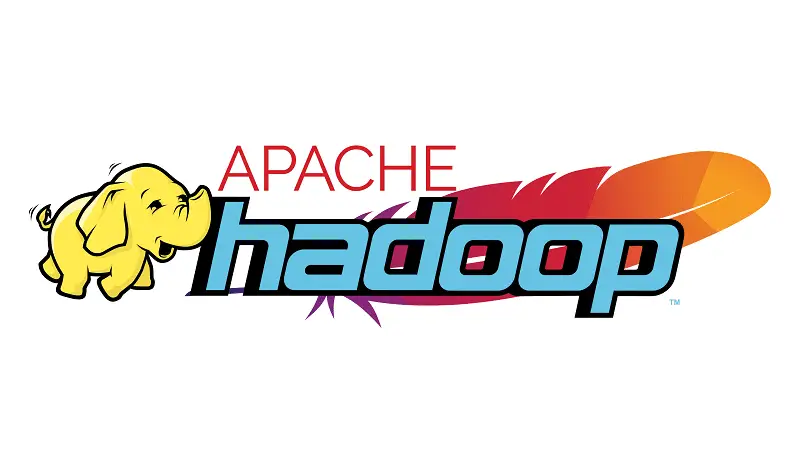Acquiring the AWS Advanced Networking Specialty Certification requires both significant experience with AWS networking features and services as well as passing an examination. On this page, we’ll outline the prerequisite experience needed to sit for the exam. With this information, you can assess your readiness to take on this specialty area of AWS.
Table of Contents
AWS Advanced Networking Certification Prerequisites
The AWS Advanced Networking Certification exam is intended for individuals who have experience using AWS services and have a deep understanding of advanced networking topics.
To earn this certification, you must have experience using AWS services and demonstrate an in-depth understanding of advanced networking topics.
Topics covered in the exam include AWS security, AWS storage, AWS networking, integration of AWS services, and advanced networking architecture.
In order to prepare for this exam, we recommend having a strong understanding of the following topics:
- Network Administration
- Routing Architectures
- Multi-Region Solutions
- AWS Direct Connect and VPN
- CIDR and Subnetting
- IPv4 and IPv6
- AWS WAF
- Intrusion Detection Systems/Intrusion Prevention Systems
- DDoS Protection
- Economic Denial of Service/Sustainability (EDoS)
Furthermore, you must be able to demonstrate an advanced understanding of the following concepts:
Automation scripts and tools. This includes an ability to write code in at least one common scripting language (for example, Bash, Ruby, Python)
Advanced networking architecture, including but not limited to DNS, Border Gateway Protocol (BGP), Amazon Route 53, and AWS Direct Connect.
AWS Advanced Networking – Specialty Certification Preparation
The AWS Certified Advanced Networking – Specialty exam covers a variety of topics related to advanced networking on AWS. Topics include hybrid networking architectures, IPv6, route tables and gateways, Direct Connect, VPNs, VPC peering, transit gateways, and more.
How To Pass AWS Advanced Networking
In order to prepare for the AWS Certified Advanced Networking – Specialty exam, we recommend that candidates take an official training course offered by Amazon Web Services. This course covers all of the topics that are included on the exam and provides hands-on experience with AWS networking features and services.
AWS Advanced Networking Practice Test
In addition to taking a training course, we also recommend that candidates review the official Exam Guide and Practice Tests offered by Amazon Web Services. These resources will help candidates identify any areas where they need further study.
AWS Advanced Networking Training
TCP/IP and Advanced Topics
TCP/IP and Advanced Topics is about the Transmission Control Protocol/Internet Protocol (TCP/IP) suite of protocols and their applications to advanced topics in computer networking. The course will cover the TCP/IP protocol stack, including link layer, Internet layer, and transport layer protocols.
The course will also cover advanced topics related to network security, network management, Quality of Service (QoS), and routing. The goal of this course is to provide students with a deep understanding of the workings of the TCP/IP protocol stack and its applications to advanced topics in computer networking. Throughout the course, students will have the opportunity to apply their knowledge to real-world scenarios through hands-on lab exercises and a course project.
Getting Started with IPv6
In this hands-on training course, Getting Started with IPv6, you’ll learn all about IPv6 and how to use it. The course is broken down into several tasks:
The first part of this course will give you an overview of the project. You’ll learn what IPv6 is and why it’s being implemented.
Then you’ll enable IPv6 on your computer and get an IPv6 address. You’ll also test your computer to see if it can connect to websites using IPv6.
The third part of this project is all about understanding IPv6 addresses and scopes. You’ll also learn about link-local scope and how it can be used for communication on a local network.
The fourth part of this project covers subnetting and prefixes. You’ll learn about the different types of subnetting. Plus, you’ll also learn about the different types of prefixes and how they’re used in IPv6 addresses.
The final task is all about websites and DNS. You’ll learn how to configure DNS so that your computer can resolve both IPv4 and IPv6 addresses.
After you complete all the tasks in this course, you will get a chance to test your newfound knowledge by completing a final project. In this challenge, you’ll put everything you’ve learned into practice by configuring a computer to use both IPv4 and IPv6.
Introduction to Networking and Storage
The online course Introduction to Networking and Storage is designed to give participants a deeper understanding of networking concepts and storage types. The course will cover setting up wired/wireless connections, their use cases, and how to configure them properly. In addition, the different types of storage will also be covered in detail.
Wired/Wireless Connections and Their Use Cases
In this section of the course, participants will learn about the different types of wired and wireless connections. Additionally, participants will learn about the various use cases for each type of connection. Finally, participants will learn how to properly configure each type of connection.
Storage Types and Network Sharing
In this section of the course, participants will learn about different storage types and how they can be shared across a network.
Local storage can be divided into two categories: internal storage and external storage. Internal storage is stored on the device’s hard drive or solid-state drive (SSD). External storage is stored on a separate device, such as an external hard drive or USB flash drive.
Cloud storage can also be divided into two categories: public cloud storage and private cloud storage. Public cloud storage is provided by companies such as Google Drive, iCloud, and Dropbox. Private cloud storage is usually provided by businesses for their employees to use.”
This course provides a comprehensive overview of networking concepts and Storage Types. By the end of this course, participants will have a clear understanding of how to set up wired/wireless connections properly, as well as how different types of storage can be shared across networks.
Introduction to TCP/IP
Introduction to TCP/IP begins with an introduction to TCP/IP and its functions. It then covers internet routing and how it works. Next, the course discusses different types of internet security and how to safeguard against them. Finally, the course culminates in a real-world project where students use Wireshark, a packet analyzer, to analyze internet traffic. This hands-on experience allows students to put their knowledge of TCP/IP and network security to the test. Upon completion of the course, students will have a strong understanding of how TCP/IP works and how to secure networks against various threats.
Is AWS Advanced Networking Difficult
The AWS Advanced Networking Certification is not an easy exam, but it isn’t that difficult with enough preparation. Be sure to review the official documentation and take advantage of practice exams to help you prepare for the exam. Creating a study plan will also help you stay on track and ensure that you are prepared on exam day.








